2026 Dodge Charger Scat Pack Sixpack Review: Crack Open a Cold One, Gas Is Back

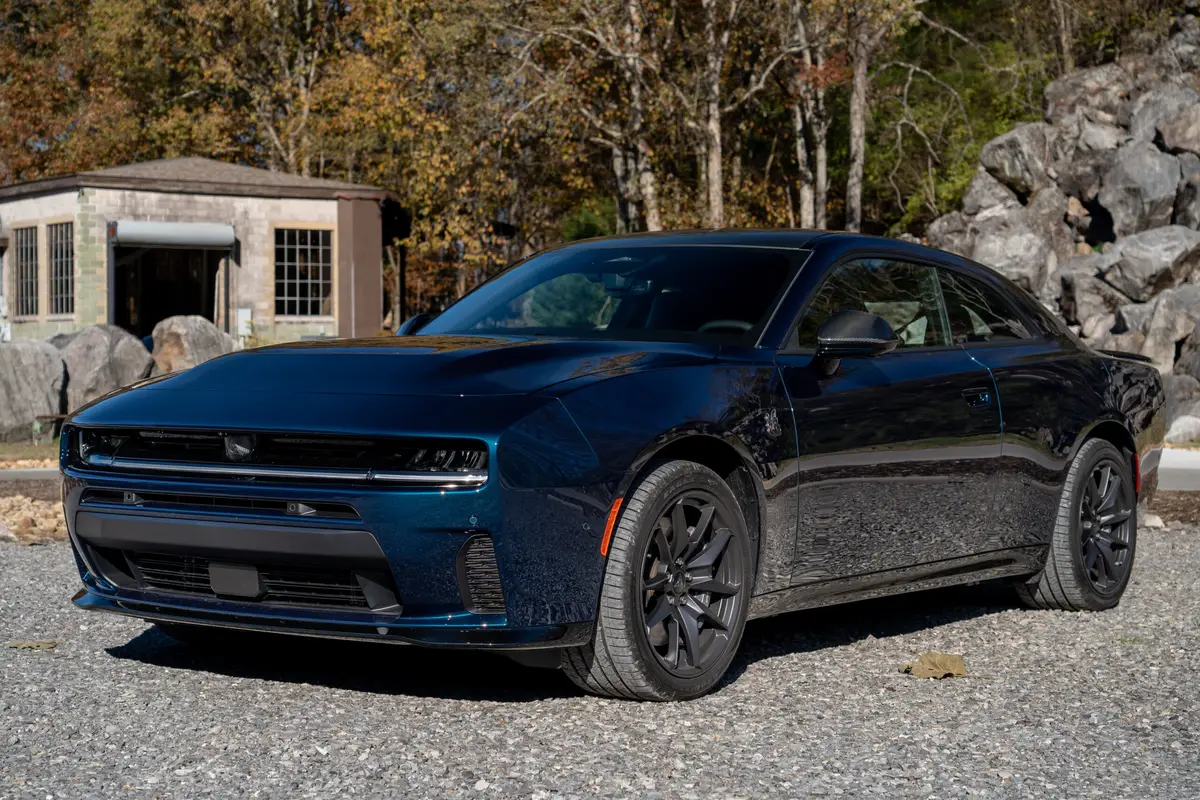
Key Points in This Review
- A new twin-turbocharged inline-six-cylinder gas engine joins the Dodge Charger lineup for the 2026 model year under the Sixpack moniker.
- The high-output version of this engine in the Scat Pack makes 550 horsepower and delivers refined, modern performance, but it lacks the deep V-8 rumble of a Hemi engine.
- Performance features like Line Lock and Launch Control make fast, repeatable drag-strip runs easy.
The evolution of the Dodge Charger has been one of the more interesting things to watch in the car world, with its traditional muscle-car attitude giving way to an all-electric interpretation of performance in the form of the Charger Daytona, which debuted as a 2024 model. The new platform that the Charger uses was designed to accommodate different types of propulsion systems, and Dodge has added a gas powertrain for 2026 with the Sixpack, which denotes that there’s a twin-turbo inline-six engine under the hood.
Yes, it’s a six-cylinder, not a Hemi V-8 (at least not right now), and even though the new Charger Scat Pack Sixpack is better at a lot of driving-related things than the old Charger was, it’s missing the distinctive V-8 rumble the car is known for. Because of this, I wouldn’t be surprised if some shoppers stay on the sidelines waiting in hopes of a V-8-powered Charger in the future.
Related: 2026 Dodge Charger Sixpack: Are Six Cylinders Enough or Does It Need a V-8?
Those who do will be missing out on a car that’s quick, refined and comfortable, a vehicle that’s now more of a grand-touring car than a classic muscle car. At Dodge’s invitation, I traveled to eastern Tennessee to drive the Charger Scat Pack Sixpack, taking it on the Tail of the Dragon and an eighth-mile drag strip, with plenty of highway and rural-road driving in between. (Per our policy, Cars.com pays for its own travel and lodging when attending such manufacturer-sponsored events.)
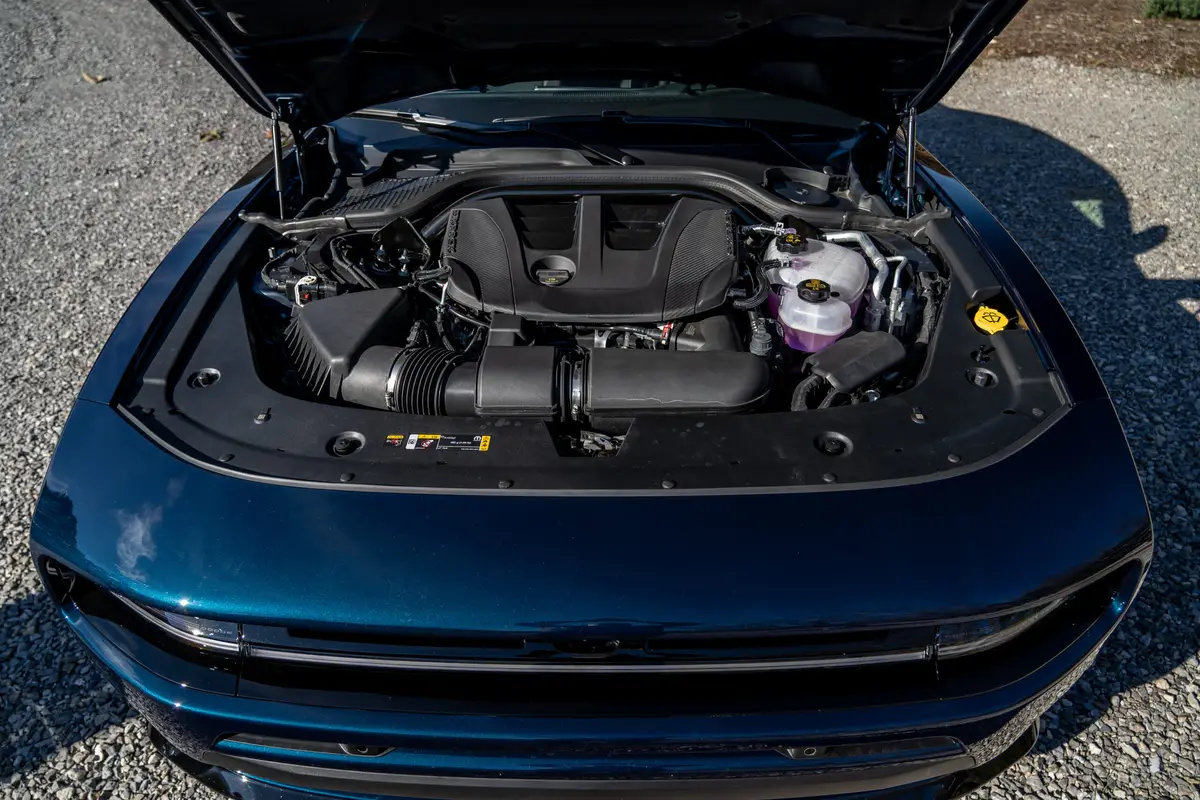

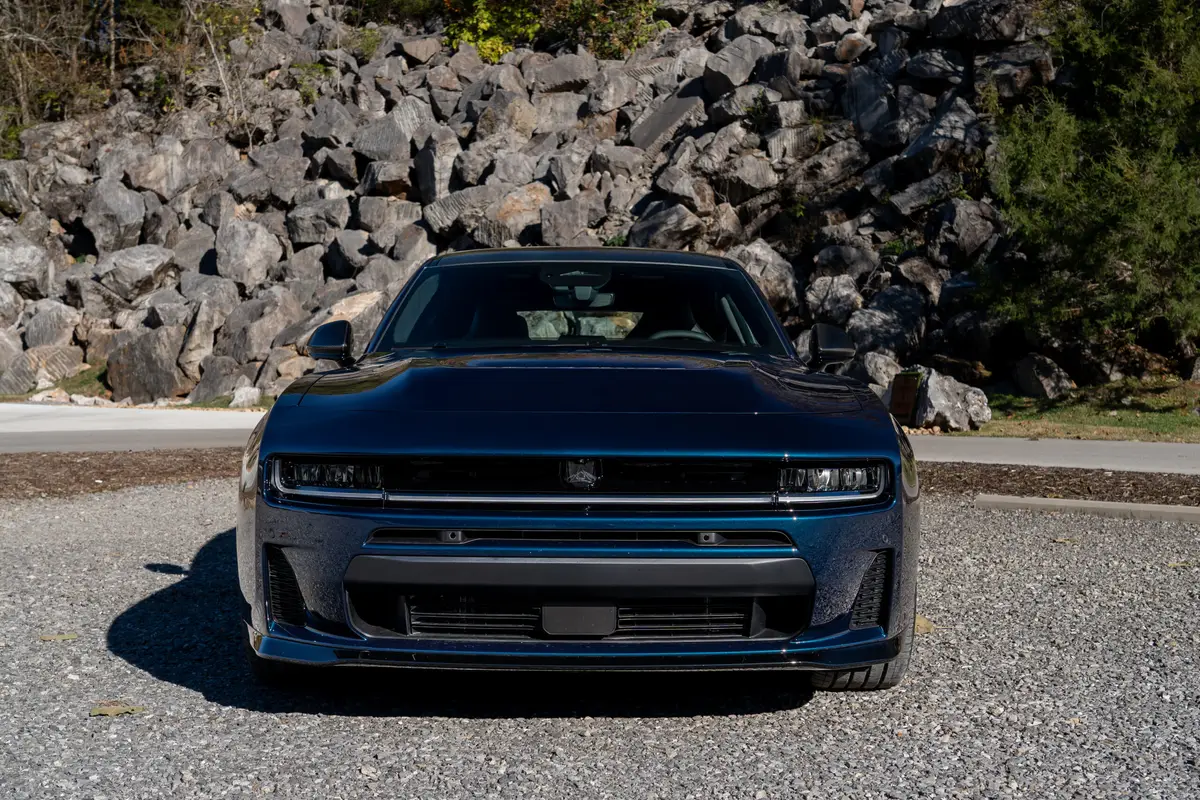


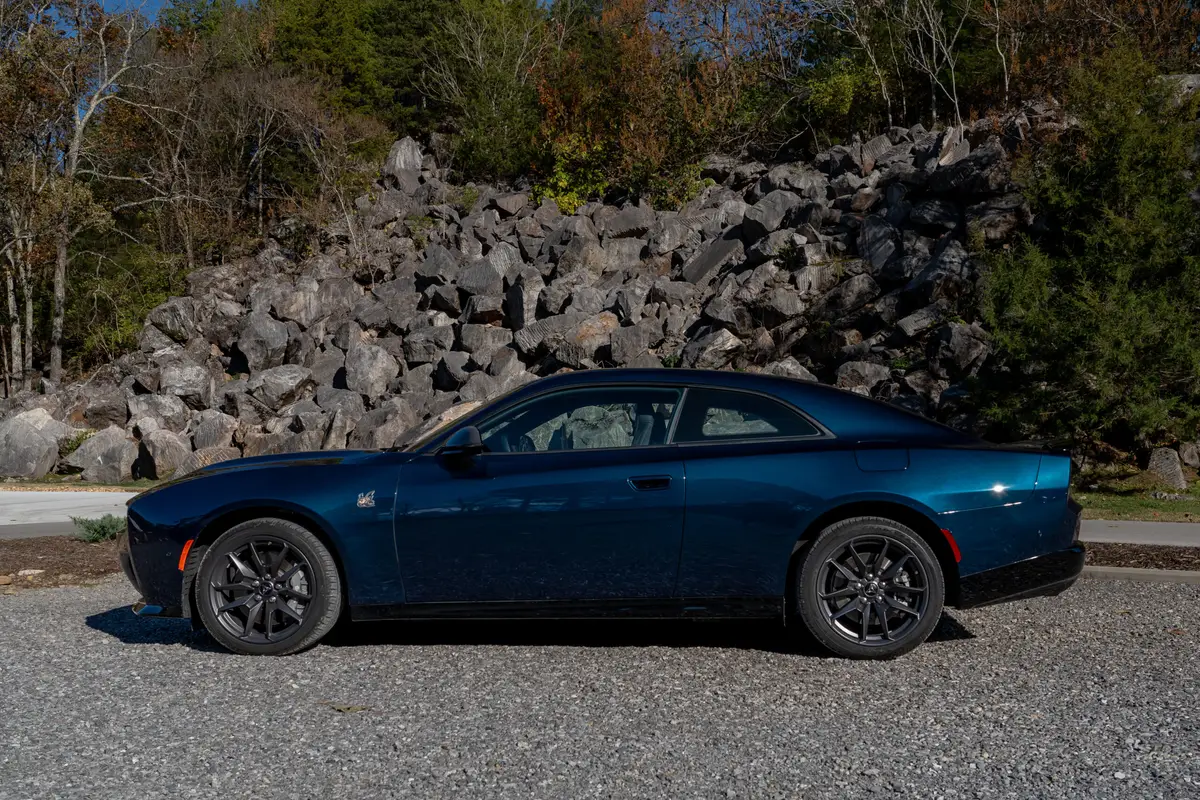
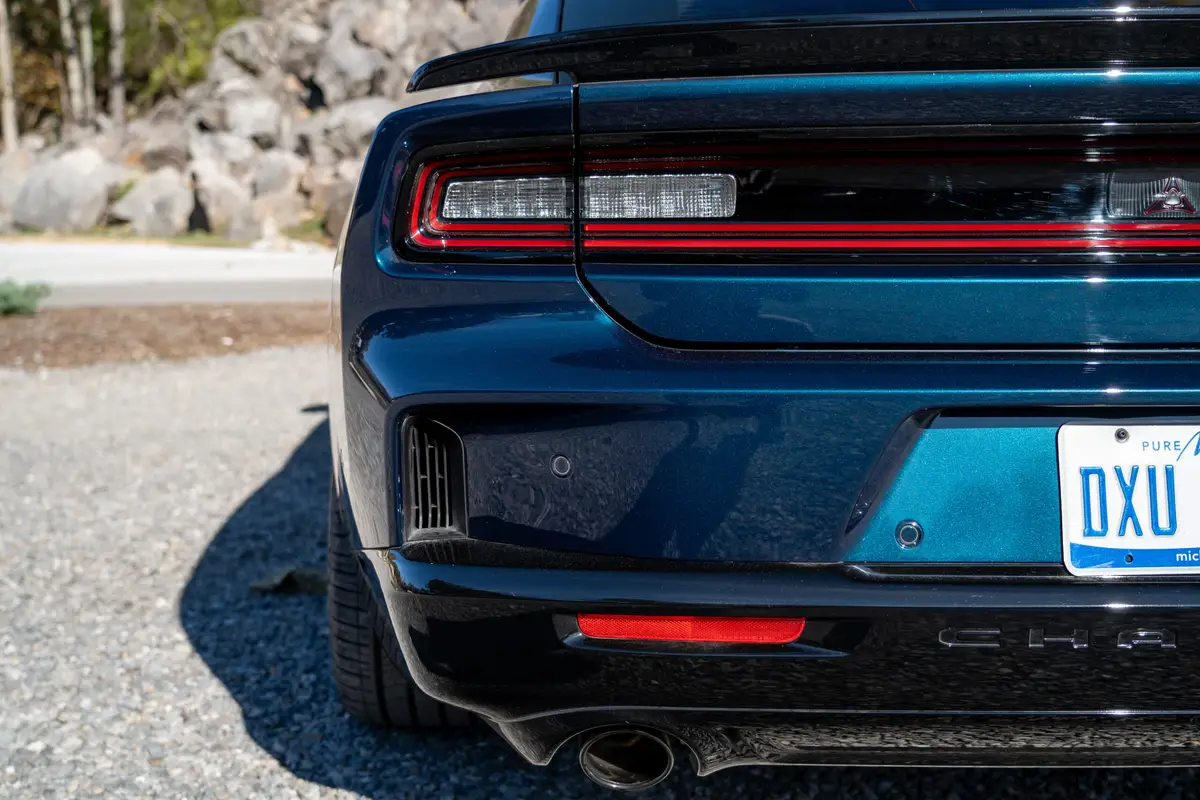







How Does the New Dodge Charger Sixpack Drive?
- Takeaway: Powerful and composed, the Charger Sixpack feels most at home tackling sweeping turns, cruising on the highway and blasting down a drag strip.
With 550 hp and 531 pounds-feet of torque, the new Charger Scat Pack Sixpack has the most powerful version yet of Stellantis’ twin-turbo 3.0-liter inline-six engine. The motor pairs with an eight-speed automatic transmission that sends power to all four wheels or, if you want, just the rear wheels. Dodge claims the Charger Scat Pack Sixpack will hit 60 mph in 3.9 seconds on its way to a top speed of 177 mph.
Related Video:
On public roads, the car feels plenty quick when you get on the gas, surging forward as the automatic transmission knocks off quick upshifts. Acceleration is accompanied by a mechanical growl that increases in intensity when you’re in Sport mode and the active exhaust system’s valves are open. Overall, the exhaust note is more European luxury performance car than American muscle car, but that tracks considering what’s underneath the Charger’s bulging hood.
The new Charger is a big car; at 206.6 inches long and 84.3 inches wide including the side mirrors, it’s longer than Dodge’s Durango three-row SUV and nearly as wide. Even so, it’s very responsive, with quick steering turn-in and chassis tuning that gives it a nimble, agile feel that just wasn’t part of the prior-generation Charger’s driving experience. However, this doesn’t mean it’s going to eat up corners, as I learned on the Tail of the Dragon. The Charger tolerated the near-endless supply of tight turns that this stretch of road offers, but driving it here wasn’t particularly enjoyable. Even though body roll is well controlled, the overall size of the car works against it in this environment, and while it responds readily to steering inputs, the steering is numb, with no feel for what’s happening at the tires.
The Charger came into its own once we traded hairpin turns for higher-speed sweepers. The combination of ever-ready power from the twin-turbo inline-six, firm but not punishing ride quality and a buttoned-down feel make the Charger an enjoyable rural-road companion. The experience is much the same on the interstate, where the Charger easily settles into a comfortable high-speed cruise while offering good noise isolation and comfort in the cabin. It’s a combination that should make road trips quick and comfortable.

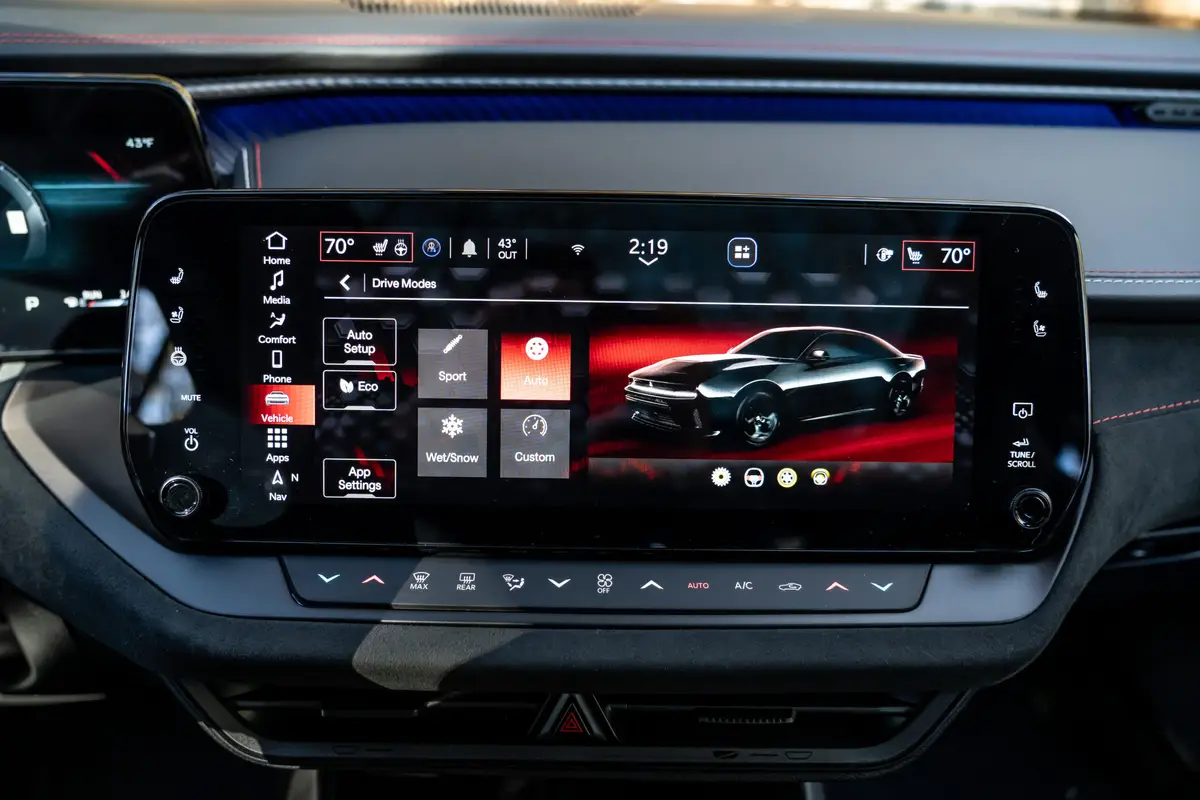

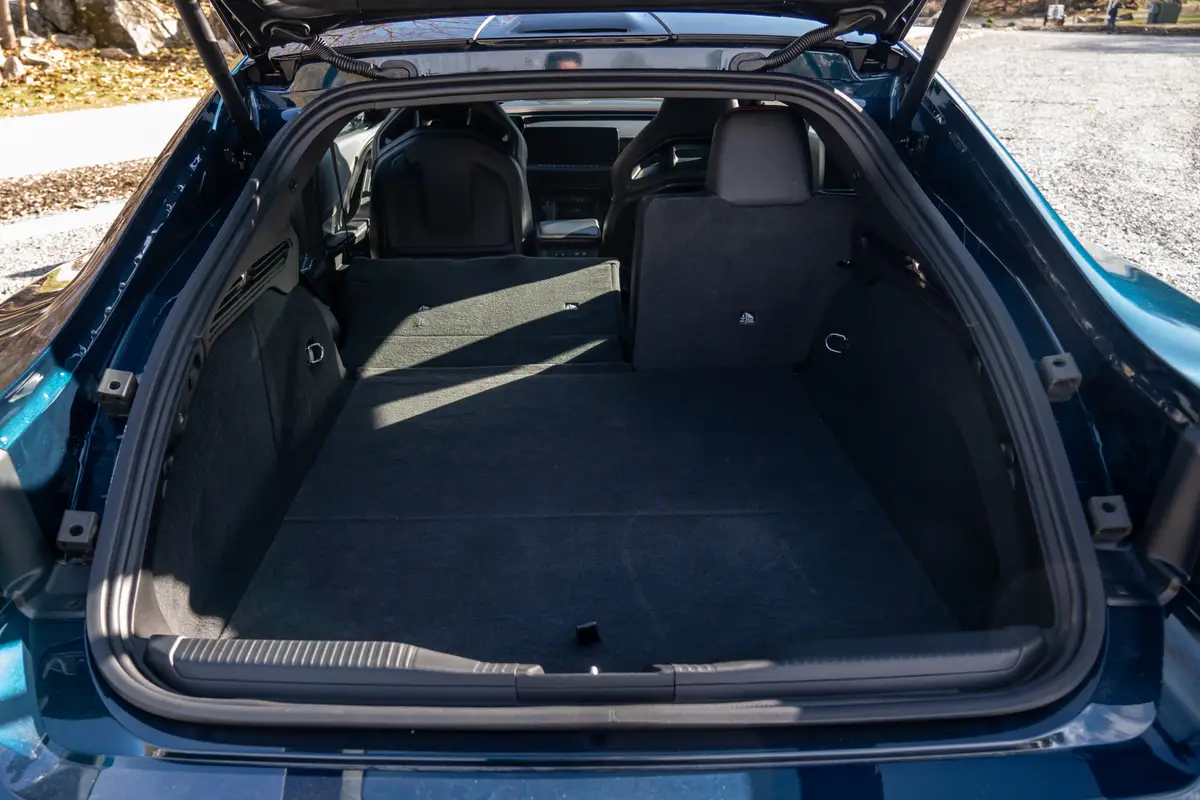
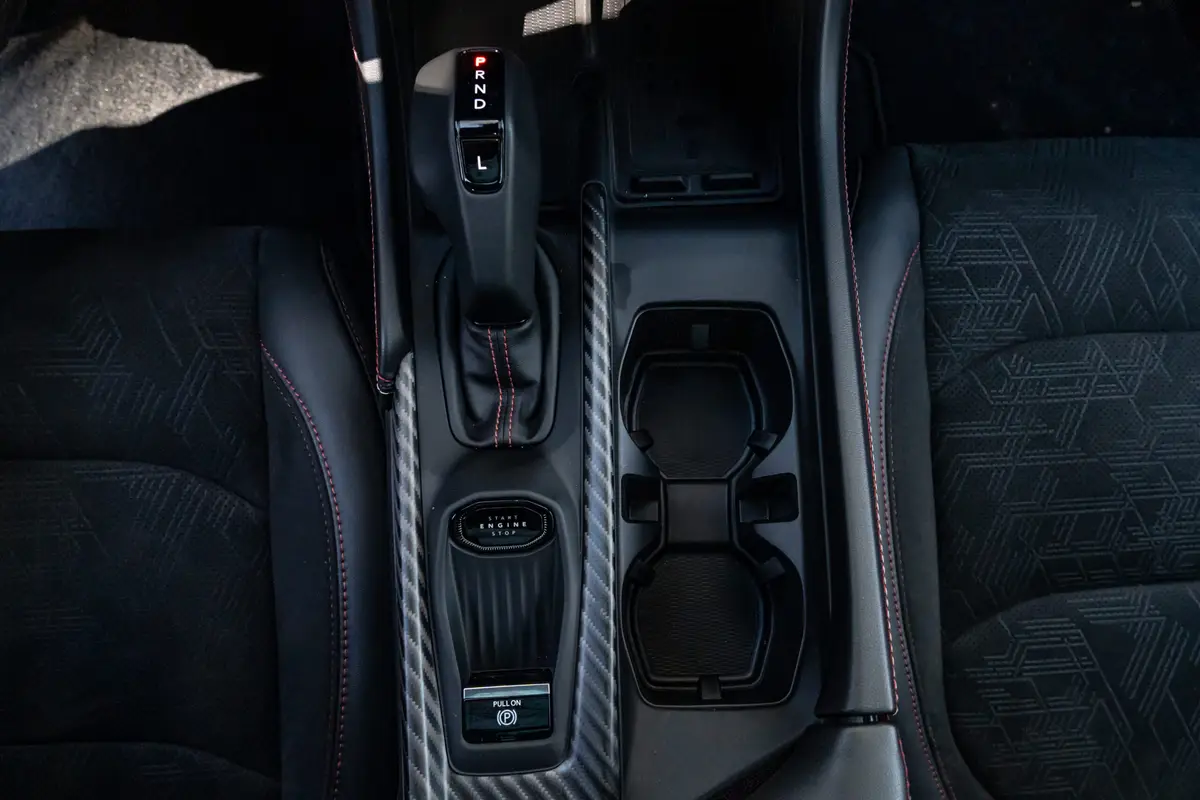
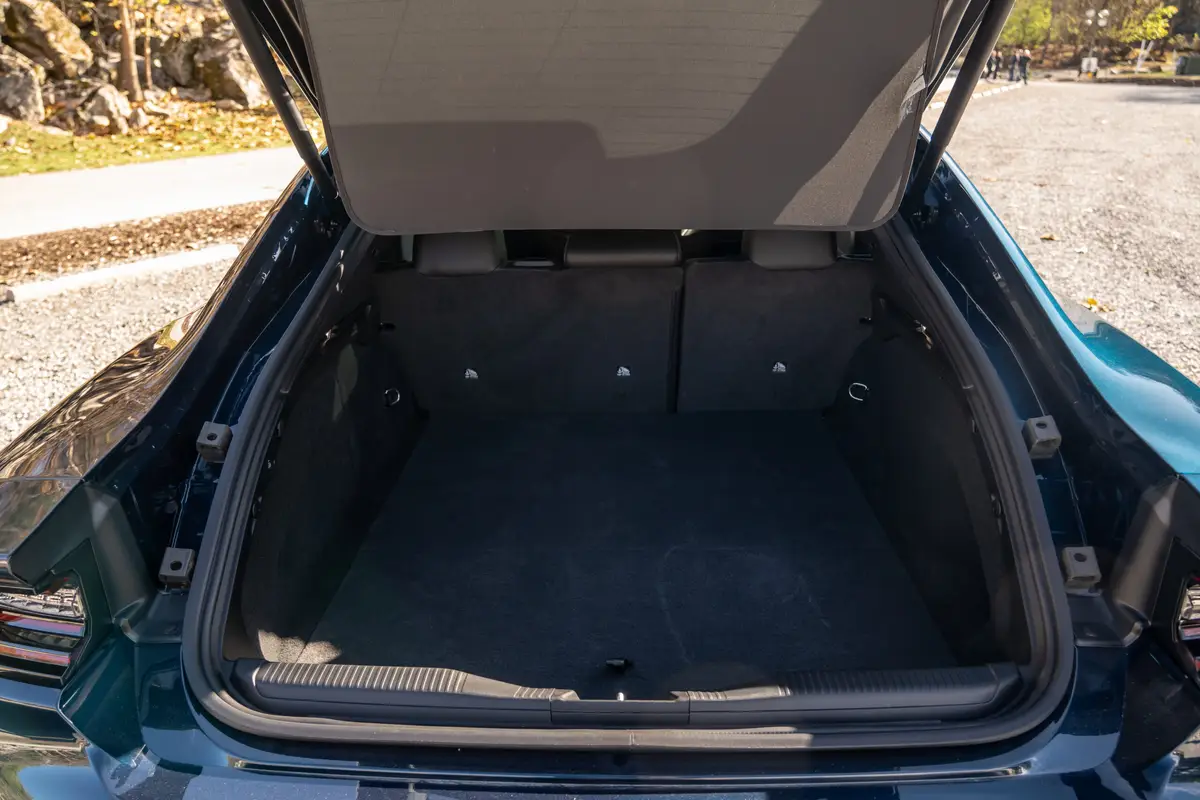
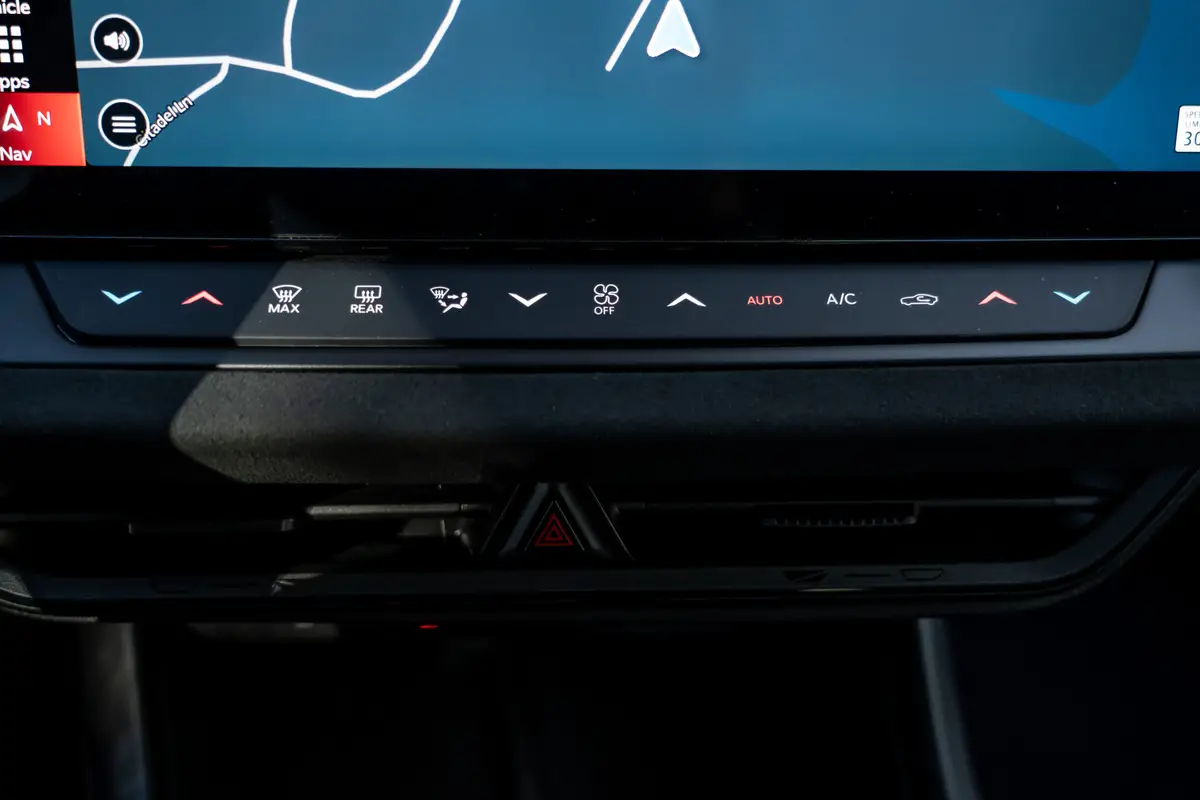









How Is the Charger Sixpack at the Drag Strip?
- Takeaway: With meaty tires, all-wheel drive, and electronic performance tech like Line Lock and Launch Control, the car does all the work — you just have to hold on.
The Charger Scat Pack Sixpack’s combination of AWD and electronic systems that help you get the most out of the car’s powertrain in a straight line made launching it down an eighth-mile drag strip a relatively uneventful — but still thrilling — experience that was easy to repeat.
The key to the whole process is Launch Control, which lets you bring engine rpm to a preset level by flooring the gas pedal. All you do then is lift off the brake pedal with your left foot to launch rapidly down the drag strip. It was in the low 40s Fahrenheit, and the track surface hadn’t been prepped, but the car’s Goodyear Eagle F1 performance tires had no trouble finding traction, with no noticeable slipping or hopping. And if you want to clean off and warm up the rear tires before a run, the Line Lock feature temporarily suspends power delivery to the front axle and applies the front brakes to hold the car, letting you hit the gas pedal to get the rear tires spinning in a smoky burnout.
More Dodge Charger News From Cars.com:
- ${price_badge()}
- ${ami_badge()}
- ${battery_badge()}${ev_report_link()}
- ${hot_car_badge()}
- ${award_badge()}
- ${cpo_badge()}
${price_badge_description}
${ami_badge_description}
The EV Battery Rating is based on this vehicle's current expected range relative to the vehicles expected range when new. ${battery_badge_text}
This vehicle is certified pre-owned, backed by a manufacturer warranty, and typically undergoes a rigorous multi-point inspection to ensure quality and reliability.
This vehicle is currently in high demand given its competitive price, desirable features, and overall condition, and may have a higher chance of selling quickly.
Shop the 2026 Dodge Charger near you
Who Is the Dodge Charger Sixpack For?
- Takeaway: More versatile and comfortable than a sports car but more expensive than a traditional muscle car, the 2026 Charger Scat Pack Sixpack occupies a unique place in the car market.
With a starting price of $56,990 (including $1,995 destination fee), the 2026 Charger Scat Pack Sixpack is considerably more expensive than the prior-generation, rear-wheel-drive-only Charger Scat Pack, which was last offered as a 2023 model and had a 485-hp, 6.4-liter V-8 under its hood. And prices for the new Charger Scat Pack Sixpack can rise quickly with options; the as-tested price of my Plus-trim test car was $69,355.
The new Charger Scat Pack Sixpack is big enough and versatile enough to work as an everyday car, and the upcoming four-door version will only enhance the car’s usability. It also has few natural competitors these days, as it’s bigger and more usable than a Ford Mustang Dark Horse for similar money.
It really comes back to the Dodge Charger and Challenger faithful, and whether or not they see this new Charger Sixpack as a suitable replacement for their current car. We’ll know the answer to that soon enough — the two-door Charger Scat Pack Sixpack is scheduled to hit dealerships in early December, with the four-door version arriving in the spring of 2026.
Cars.com’s Editorial department is your source for automotive news and reviews. In line with Cars.com’s long-standing ethics policy, editors and reviewers don’t accept gifts or free trips from automakers. The Editorial department is independent of Cars.com’s advertising, sales and sponsored content departments.

Mike Hanley has more than 20 years of experience reporting on the auto industry. His primary focus is new vehicles, and he's currently a Senior Road Test Editor overseeing expert car reviews and comparison tests. He previously managed Editorial content in the Cars.com Research section.
Latest news



